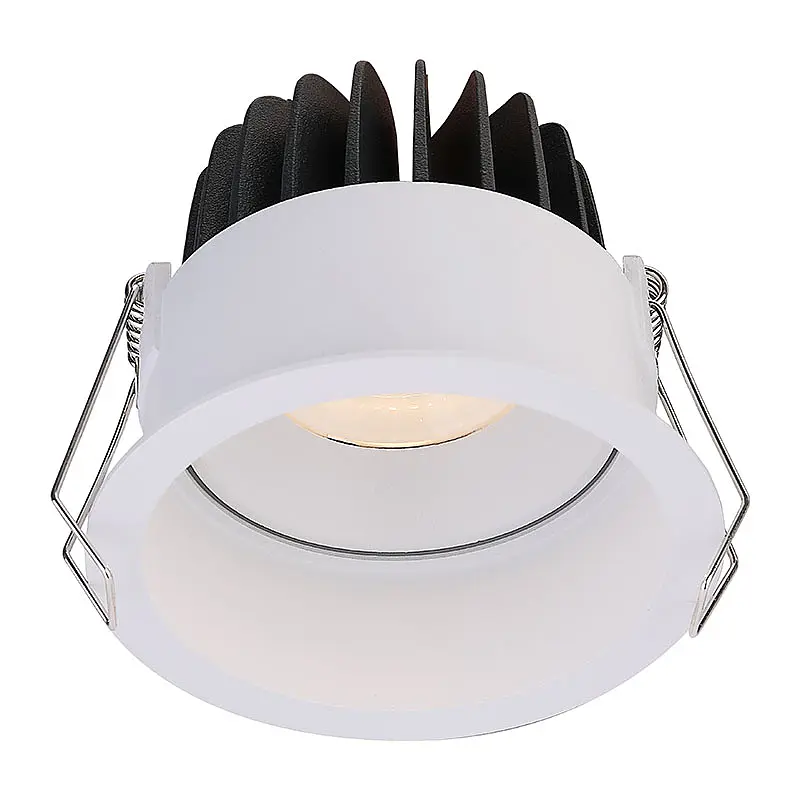Linear spot lights can be constructed using a variety of materials, depending on the specific manufacturer and the intended application.
Here are some common materials used in the construction of linear spot lights:
Aluminum: Aluminum is a lightweight and durable material that is often used in the construction of linear spot lights. Aluminum is corrosion-resistant and has good thermal conductivity, which helps to dissipate heat and prolong the life of the light fixture.
Steel: Steel is a strong and durable material that is often used in the construction of linear spot lights. Steel is resistant to impact and can withstand harsh environments, making it suitable for outdoor applications.
Plastic: Plastic is a lightweight and cost-effective material that is often used in the construction of linear spot lights. Plastic is resistant to corrosion and UV damage and is suitable for indoor and outdoor applications.
Glass: Glass is a durable and heat-resistant material that is often used in the construction of the lens or cover of linear spot lights. Glass is transparent and can be frosted or colored to achieve different lighting effects.
Ceramic: Ceramic is a heat-resistant material that is often used in the construction of the socket or base of linear spot lights. Ceramic has good thermal conductivity and can withstand high temperatures, making it suitable for use with high-wattage light bulbs.
These materials can be used alone or in combination to create a durable and effective linear spot light. The choice of material will depend on the specific application, environment, and budget. It is important to consult with a professional or manufacturer to determine the appropriate materials for your specific lighting needs and requirements.
What are some factors to consider when choosing a material for a linear spot light?
When choosing a material for a linear spot light, there are several factors to consider, including:
Durability: Consider the durability of the material. round spotlight The material should be able to withstand the specific environment and application in which the linear spot light will be used.
Heat resistance: Consider the heat resistance of the material, especially if the linear spot light will be used with high-wattage bulbs. The material should be able to withstand high temperatures without degrading or melting.
Corrosion resistance: Consider the corrosion resistance of the material if the linear spot light will be used in outdoor or damp environments. The material should be able to resist rust, oxidation, and other forms of corrosion.
Cost-effectiveness: Consider the cost-effectiveness of the material. The material should be affordable and provide good value for the price.
Aesthetics: Consider the aesthetics of the material. The material should be visually appealing and complement the overall design of the space.
Environmental impact: Consider the environmental impact of the material. Choose materials that are eco-friendly and sustainable, if possible.
Availability: Consider the availability of the material. The material should be readily available and easy to source.
By considering these factors, you can select the right material for your specific linear spot light needs and requirements. It is important to consult with a professional or manufacturer to determine the appropriate material for your specific application and environment.
